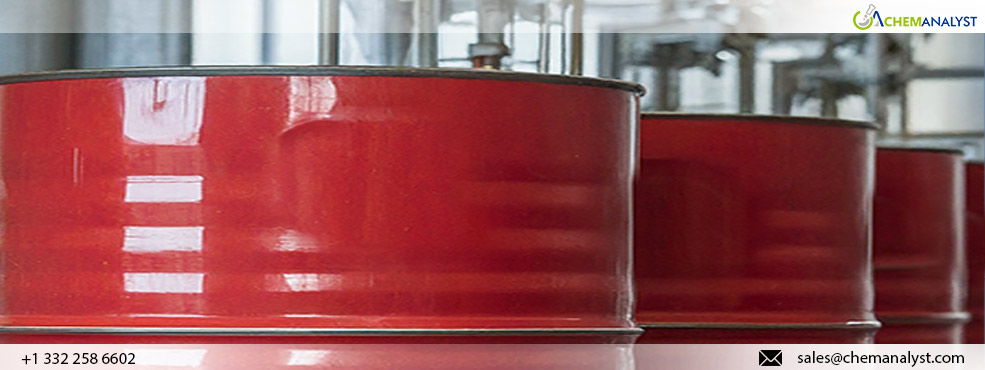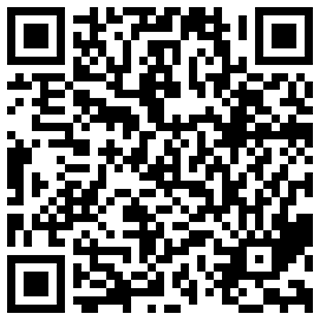The European Acrylic Acid Market Faces Prolonged Bearish Sentiment Amid Softening Demand and Fall in Production Costs
- 16-Sep-2024 3:23 PM
- Journalist: Nina Jiang
Hamburg, Germany: The European Acrylic Acid market is maintaining stability at the lower end, reflecting ongoing bearish sentiment. This downturn in the Acrylic Acid market is largely driven by sluggish demand from the downstream construction sector and a reduction in the production cost of Acrylic Acid, which has been influenced by the continuous decline in feedstock propylene prices. The combination of weak demand and falling production costs has contributed to a sustained decrease in Acrylic Acid prices.
The European Acrylic Acid is stable at a lower end at USD 1270/MT (FD-Hamburg), during the week ending on 13th September. The overall market is showcasing continuation in the bearish sentiments. Demand for Acrylic Acid is weak from the downstream construction enterprises, throughout the European nations, particularly, Germany. In Europe, the housing sector is experiencing sluggish demand as the economic slowdown continues to dampen the consumption of Acrylic Acid. This weak demand is exacerbated by a challenging lending environment, particularly impacting the commercial real estate sector, where low property values have hindered new inquiries and construction activities. Commercial building projects have declined at their fastest rate since January, as inflationary pressures erode confidence and reduce enthusiasm for large-scale investments and home improvement projects. The construction sector's poor performance is highlighted by a two-and-a-half-year low in new orders for Acrylic Acid, with high interest rates discouraging customer spending. Additionally, industrial purchasing activity has slowed, driven by falling workloads and efforts to deplete stock levels, resulting in the most significant decline in buying levels in ten months, while pre-production inventories have decreased at the slowest pace since April 2024.
On 12th September, the European Central Bank (ECB) cut interest rates by 25 basis points, bringing the deposit rate to 3.50%, as inflation begins to approach the 2% target and economic growth in the eurozone weakens. This move follows a similar rate cut in June, reflecting the ECB's efforts to stimulate a faltering domestic economy that is on the brink of recession. With inflation slowing, the ECB signaled further rate reductions in the months ahead to ease borrowing costs. However, investor focus has already shifted to the potential ripple effects of the U.S. Federal Reserve's anticipated rate cuts, which are expected to influence the ECB's future decisions.
As per ChemAnalyst, the Acrylic Acid market in Europe is anticipated to continue with the bearish market sentiments as Eastern Germany is bracing for floods as the catastrophic rains hitting its Central European neighbors threaten to spill over the German border. Therefore, the recovery in the downstream construction sector is not expected, hence the bearishness might continue in the Acrylic Acid market.



